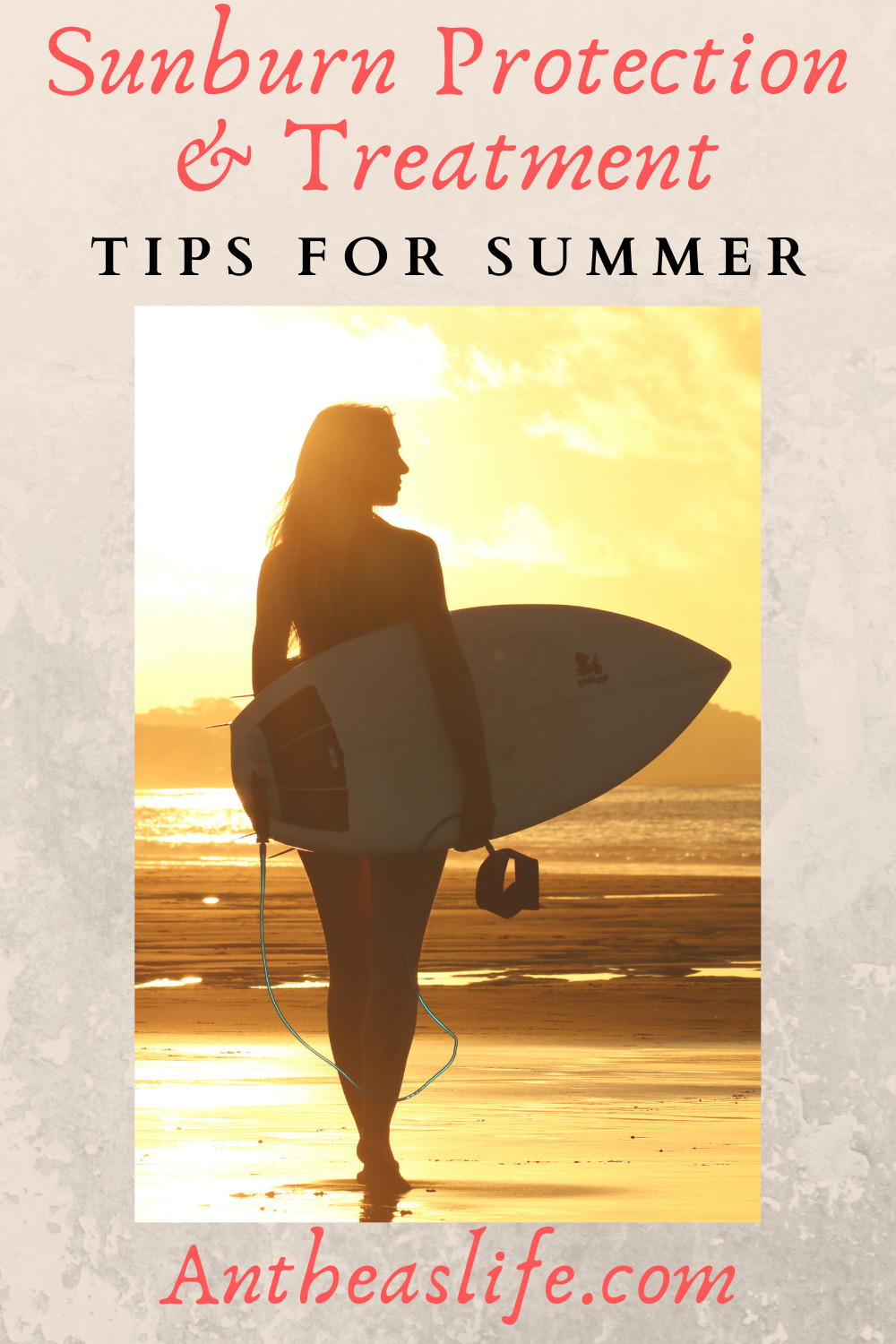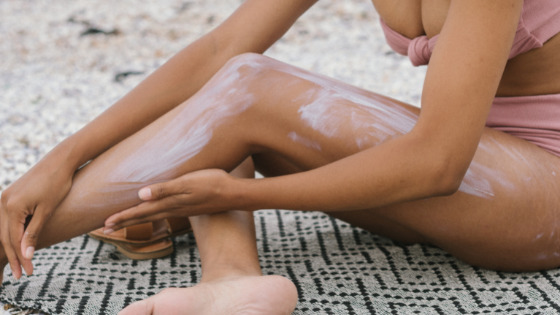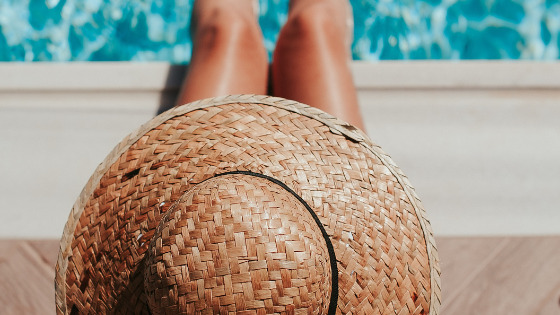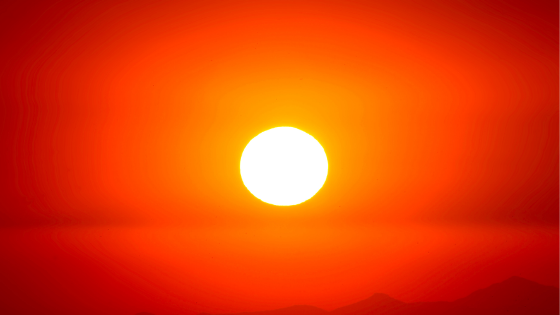With summer we spend more time outdoors and protecting our skin against sunburn is essential. Sunburn causes red, painful, and sometimes swollen skin due to overexposure to UV (ultraviolet) sunrays. The condition can be anything from mild to severe and quite unpleasant. In today’s post, I will be sharing some useful sunburn protection and treatment information to avoid the risk of getting skin cancer.
Sunburn Protection and Treatment Tips

Due to the varying intensity levels of UV radiation that passes through the atmosphere, your risk of sunburn amplifies when you approach the equator. The more substantial the latitude, the lesser the intensity of ultraviolet rays. The amount of ultraviolet radiation is contingent on the sun’s angle. The more significant risk happens at solar noon when the sun is directly above us.
Quick Facts on Sunburn
- Sunburn happens due to ultraviolet light exposure from the sun.
- In some instances, sunburn can result in skin blistering.
- You can soothe sunburn with home remedies.
- Preventing sunburn is better than having to treat the effects.
Symptoms of Sunburn
The symptoms of sunburn can vary from one person to the next. You might not even notice redness of the skin until several hours after being exposed to the sun. Peak redness takes 12-24 hours. Minor sunburn usually does not cause any symptoms apart from slightly red and tender skin. In more serious instances, skin blistering can happen. Severe sunburns can be painful and debilitating to the point where hospital care is required. Severe cases might include these symptoms:
- Chills
- Nausea and vomiting
- Fever
- Weakness
You can also experience symptoms of shock which include:
- Fainting
- Low blood pressure
- Excessive weakness
You can get sunburned in less than fifteen minutes, but the damage is often not immediately apparent. After UV exposure, your skin might turn red in only thirty minutes, however it often takes two to six hours. Pain is usually at its worst six to forty eight hours after sun exposure. The burn will continue to develop for 24-72 hours, and skin may start peeling within three to eight days. Peeling and itching might continue for a few weeks.

Sunburn Treatments
It is essential to start treating sunburn as quickly as possible. Sunburn can result in permanent skin damage as well as boost your risk of getting skin cancer. Here are easy ways to ease the symptoms of sunburn, but keep in mind that the most effective way of treating sunburn is prevention.
- Pain relief – Over the counter nonsteroidal anti-inflammatory meds or pain relief medicines like ibuprofen can assist with offering relief for pain and lower swelling. Take them as quickly as possible. You can also opt for topical pain relief ointment.
- Rehydration – drink a lot of water to rehydrate your skin.
- Hydrocortisone cream – might offer relief for itching and inflammation.
- Do not break blisters – just leave them to run their course. If some of them break, you can clean your skin with water and mild soap.
- Peeling skin – apply moisturiser and avoid picking.
- Cooling the skin – take a cool bath or apply a damp towel or cloth.
- Avoid using butter – as it can damage your skin and prevent healing.
- Apply moisturiser – for example, aloe vera gel.
- Avoid sun exposure – do not make your sunburn worse by exposing it to more ultraviolet rays.

Mild sunburn cases generally do not require a doctor’s visit. But, if you have severe symptoms, it is best to seek medical assistance. Your doctor will ask you about your medical history and the symptoms you are experiencing. He might conduct a physical exam and if your sun damage is severe, he might refer you to a dermatologist or a skin disorder specialist.
Prevention Against Sunburn
The most efficient way to prevent sunburn is by minimizing skin exposure to sunlight:
- Sit in shady areas.
- Wear a wide-brimmed sun hat.
- Do not go out in the sun during the hottest time of day.
- Wear sunglasses to protect your eyes.
- Always wear proper sunblock with high SPF and apply frequently.
Choosing Sunblock
The higher the SPF rating of sunblocks or sunscreens, the lesser the chances of getting severely sunburnt. Sunscreens with an SPF 10 rating typically block 90 percent of UVB sunburn-resulting radiation. Sunscreens with an SPF 20 rating can block 95 percent. The sunscreens available nowadays contain filters against UVB and UVA radiation.

Even though UVA radiation does not result in sunburn, it can contribute to skin aging as well as a higher risk of skin cancer. Several sunscreens offer broad-spectrum protection which means you are protected against UVB and UVA radiation. According to research, the best sun protection is obtained by applying sunblock or sunscreen fifteen to thirty minutes before exposure, and reapplication every fifteen to thirty minutes after exposure starts.
Conclusion
I hope you have found this post about sunburn protection and treatment helpful and that you will take the necessary precaution to protect your skin against the harmful UV rays when you are out and about during summer time.
Sending you lots of light, love, and protective vibes.
Anthea


